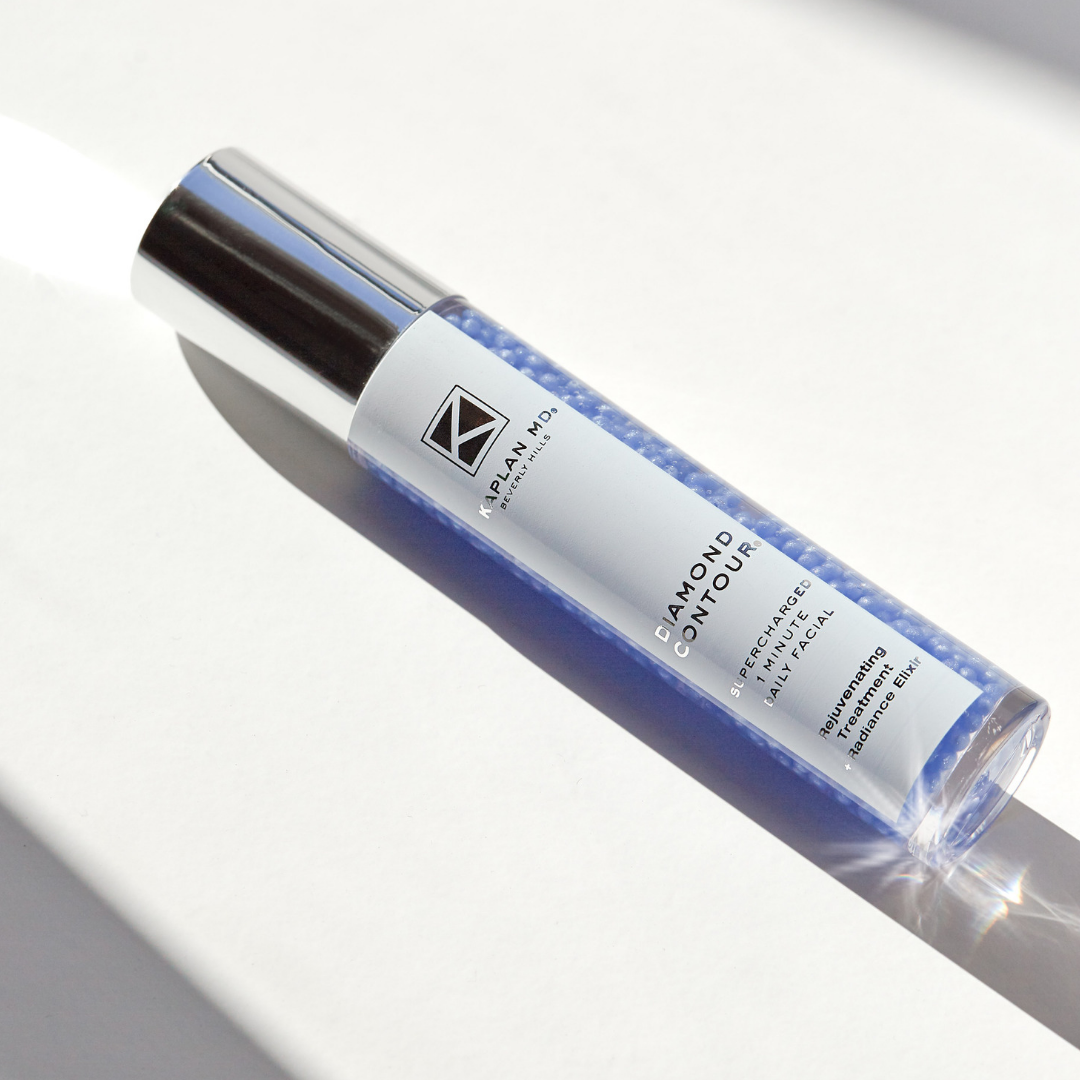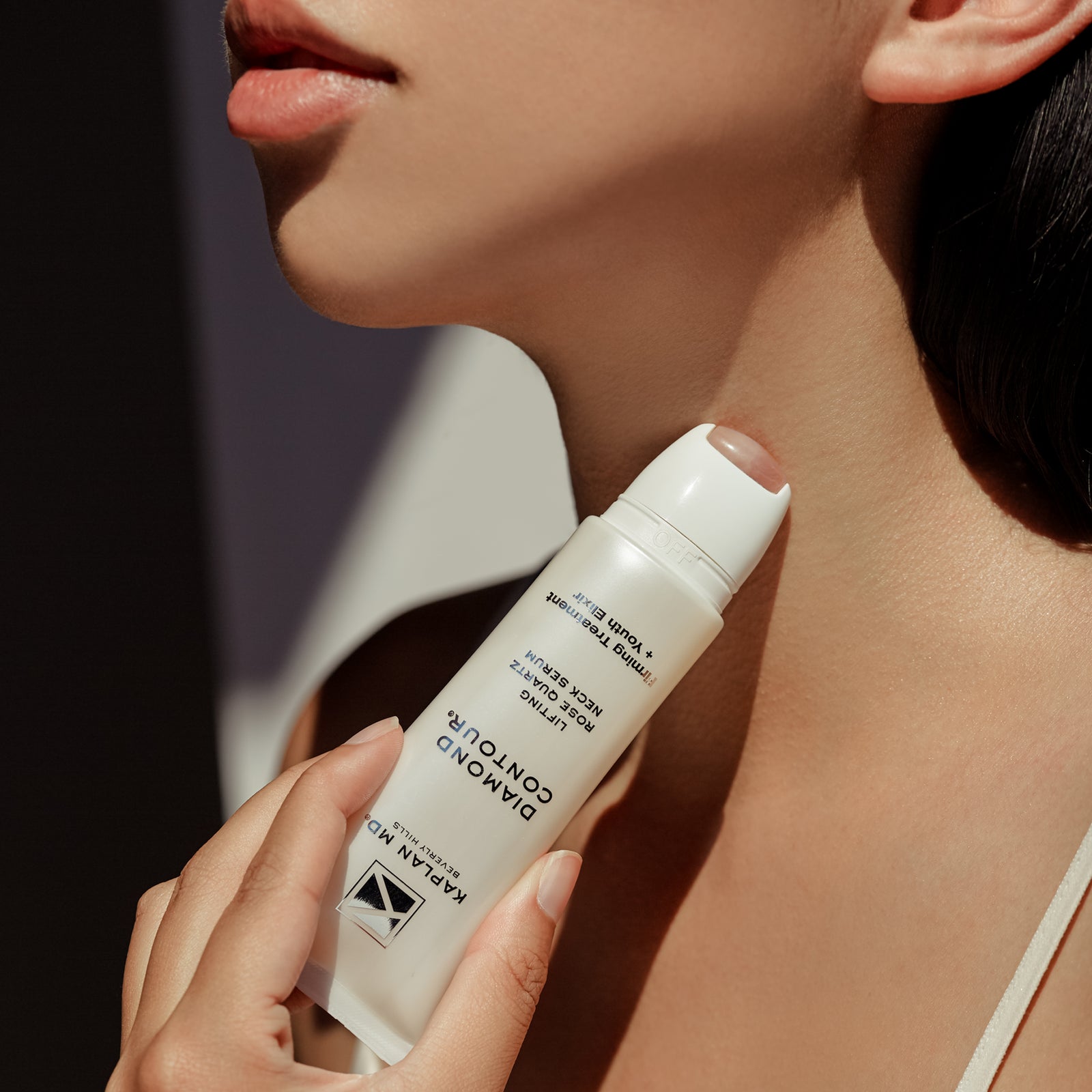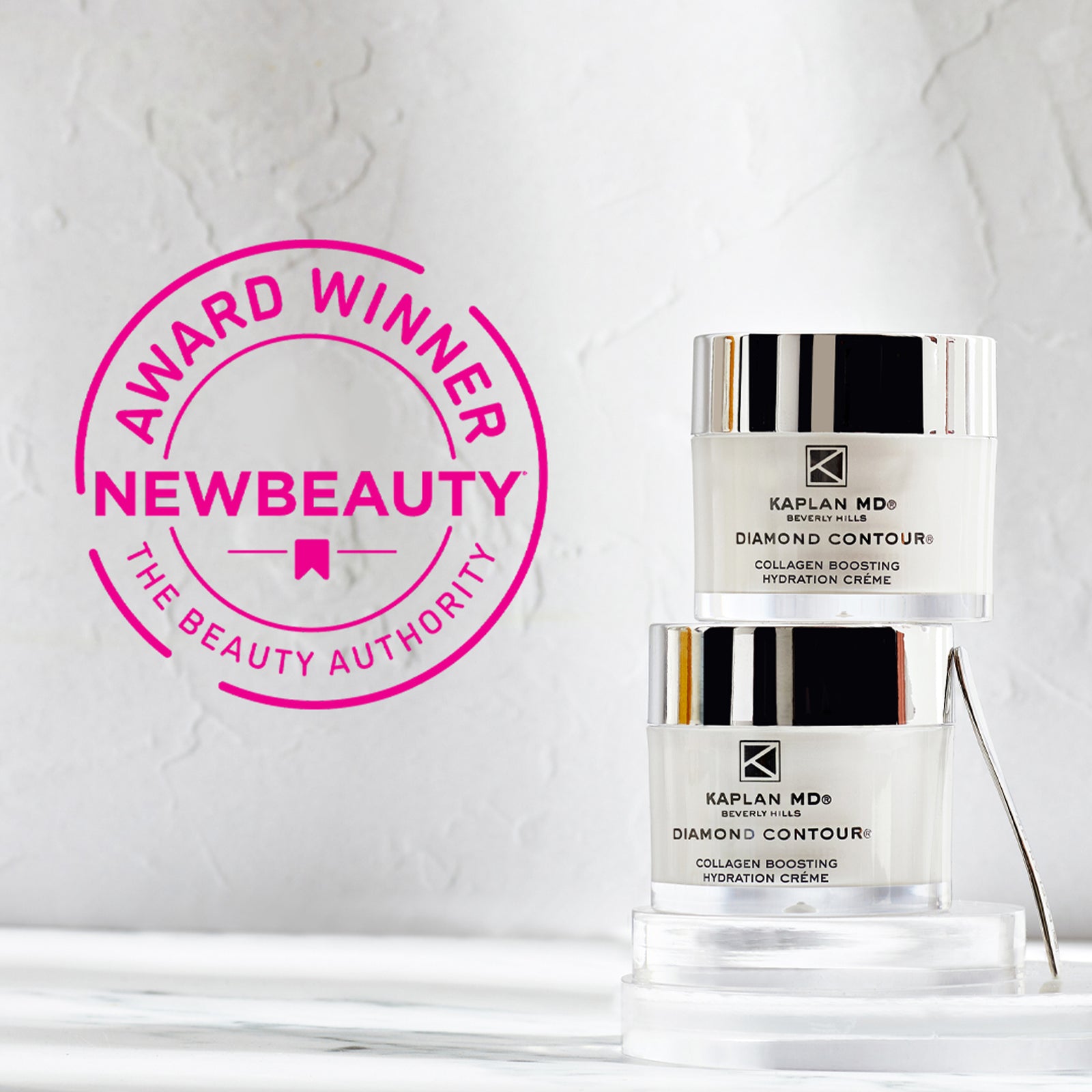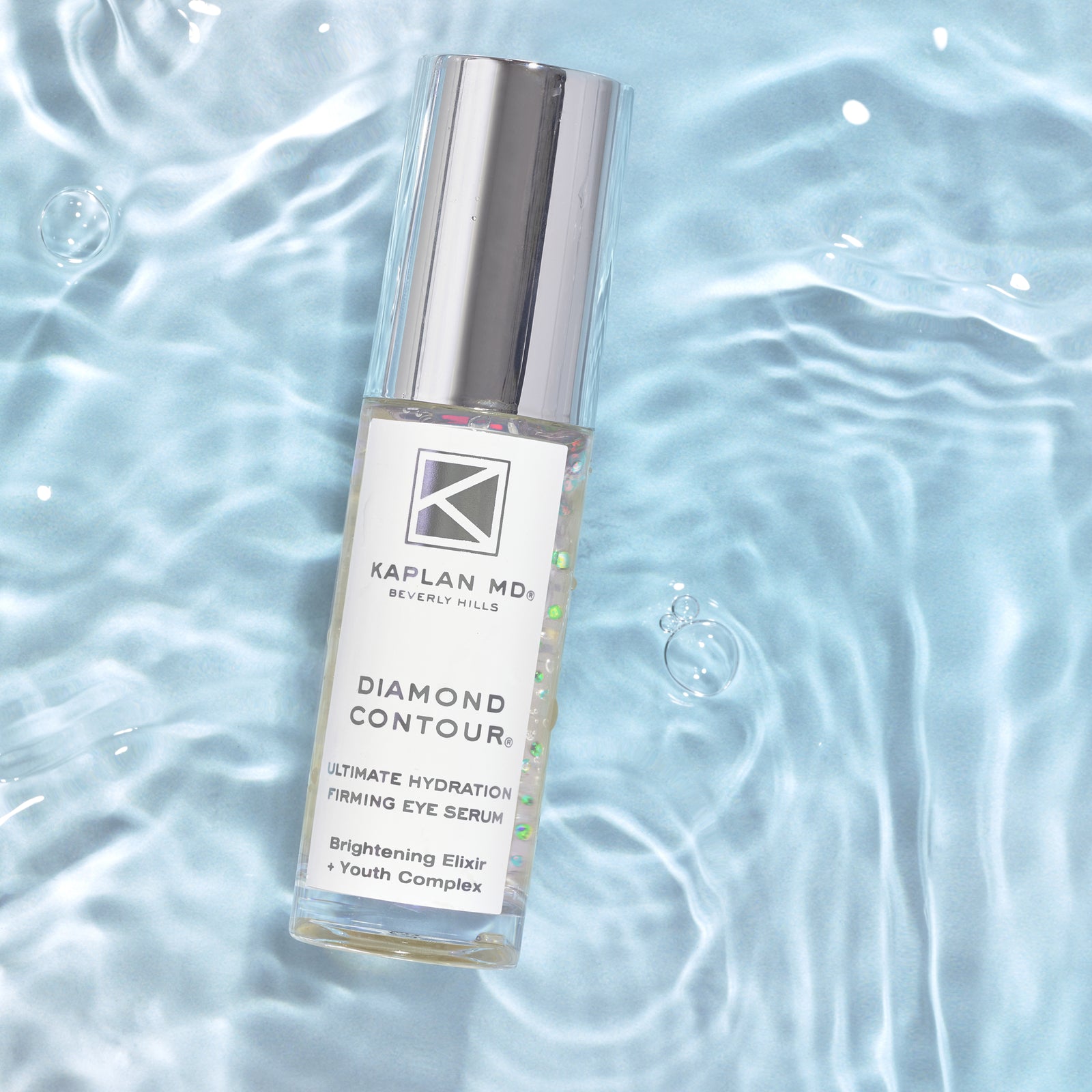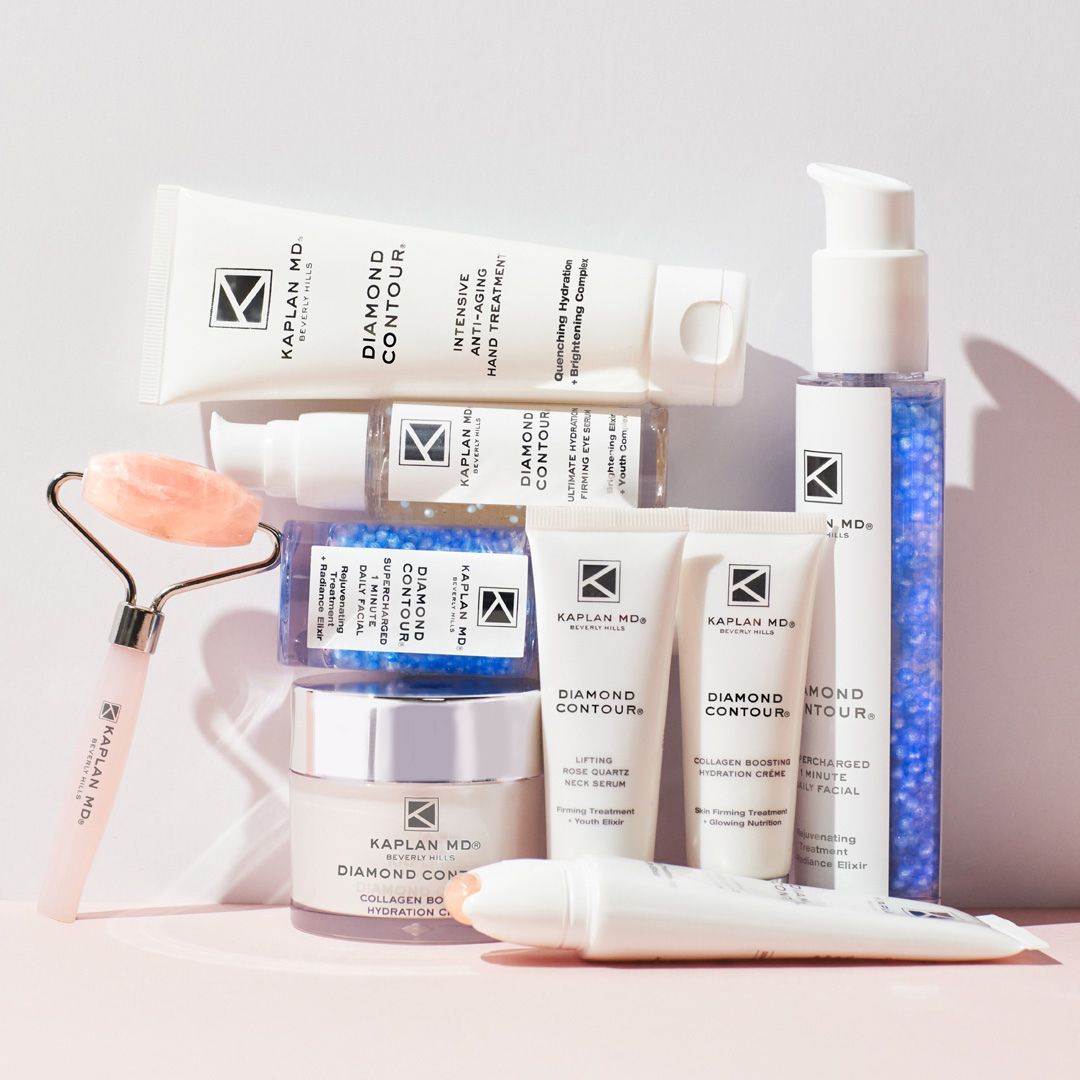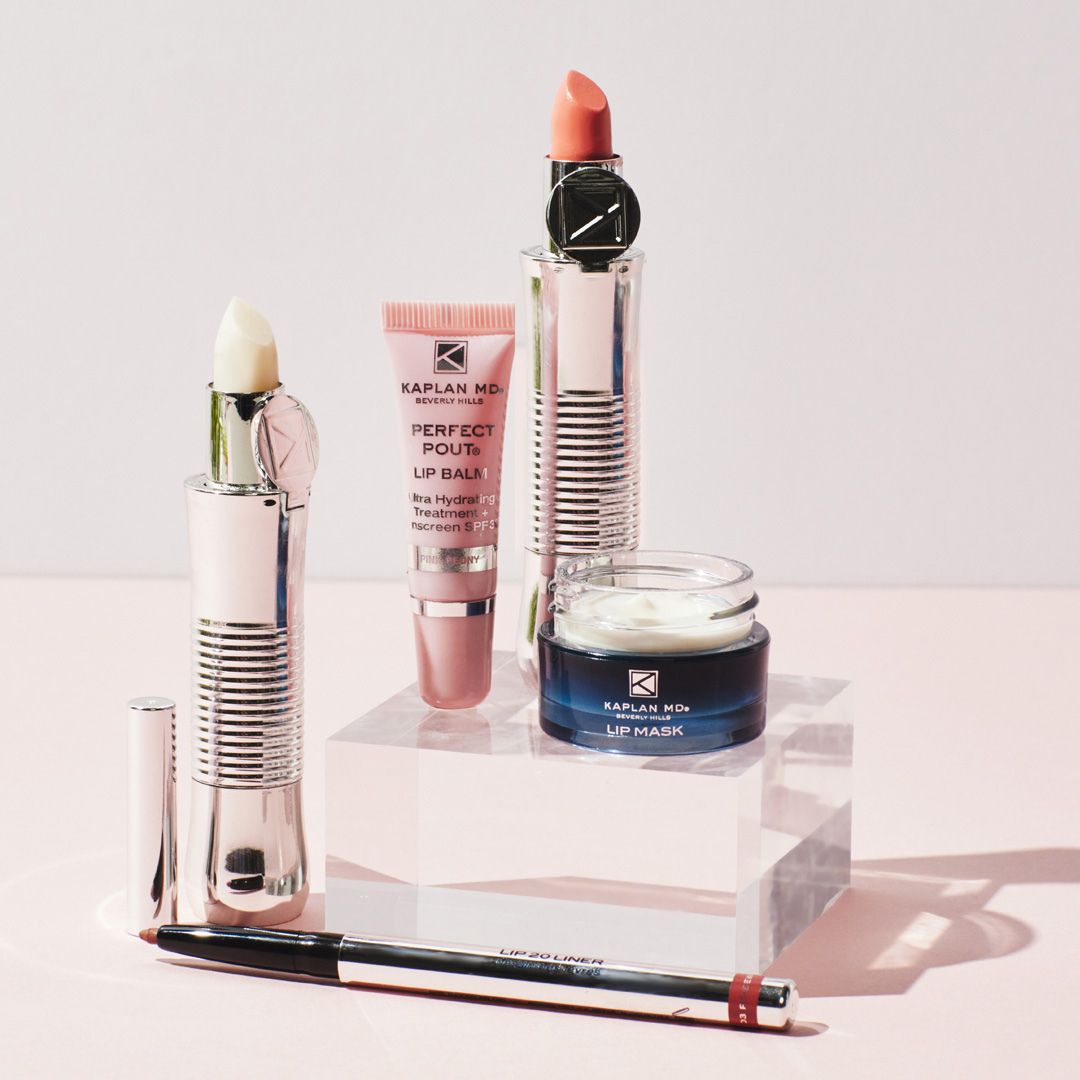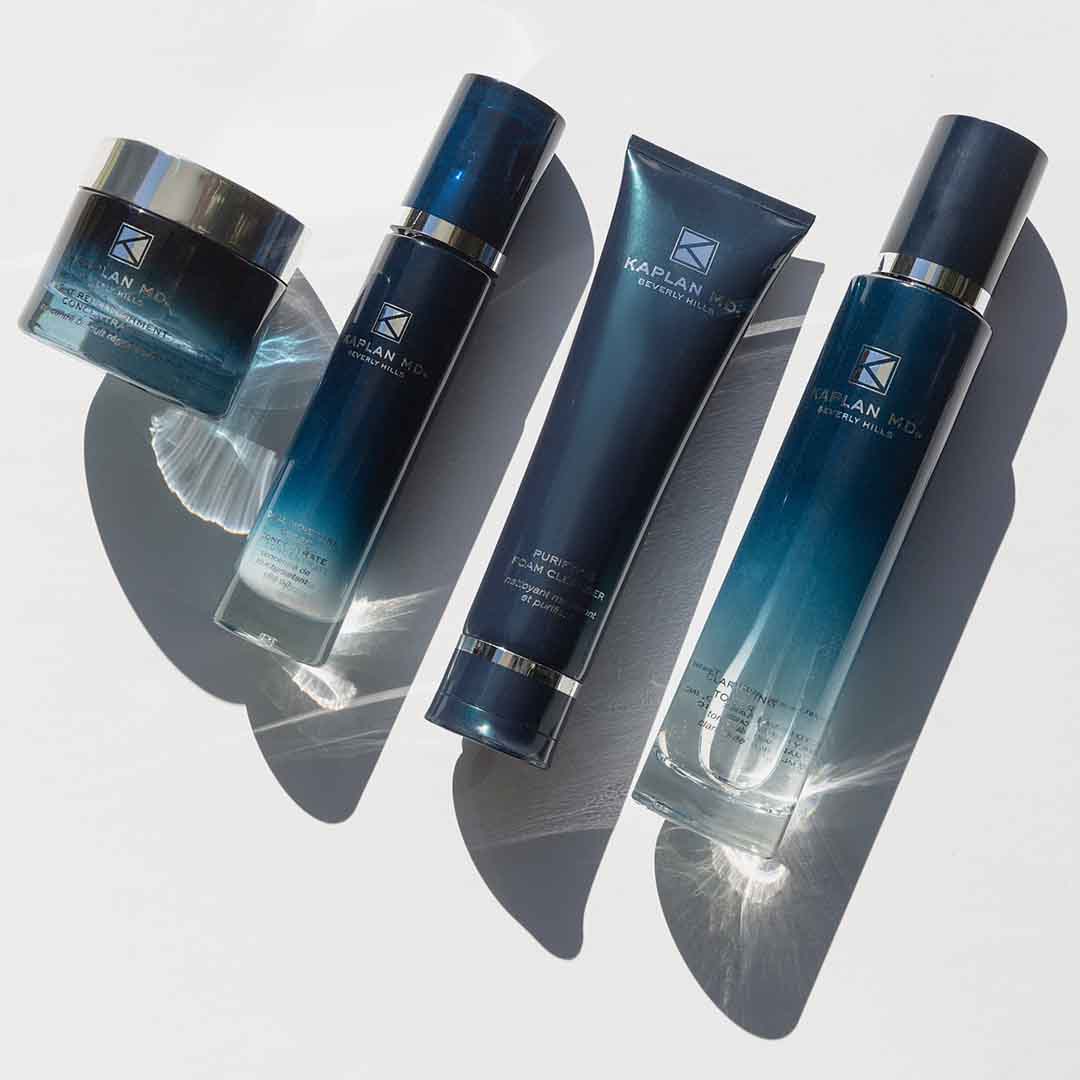Dr. Kaplan – Seborrheic Dermatitis
SEBORRHEIC DERMATITIS
Seborrheic dermatitis (SD) is a common skin disease that causes a red, scaly, itchy rash. Most often it occurs on the scalp, sides of the nose, eyebrows, ears, eyelids, and middle of the chest. Other sites may be involved such as the navel, buttocks, underarms, breasts, and groin. This skin problem is easily treated, but chronic and recurring.
Sometimes people use the terms dandruff, seborrhea, and SD to mean the same thing. For instance, in teens and adults, SD often goes by the name dandruff. However these 3 terms differ. Dandruff causes scaling on the scalp but not redness. With seborrhea, the skin is oily, mainly on the scalp and face, but has no redness or scaling. People with seborrhea may get SD later.
WHO GETS SD
SD affects people of all ages. If occurs most often though in infants and older adults.In most infants, the condition appears on the scalp (cradle cap). This most often clears without treatment between 8-12 months of age. It is not contagious. In some infants, SD occurs just in the diaper area, but it may be confused with other forms of diaper rash.
When AD appears after infancy, it tends to come and go and can be lifelong. In teens and adults, it often occurs first as scalp scaling. Elderly adults are prone to getting SD, because of the skin aging effects.
SD also is more common in:
- People who have family history of SD
- Men than in women
- People with oily skin or hair
- People with acne or psoriasis
- People with Parkinson’s disease or with HIV/AIDS
- People with alcoholism
- People with eating disorders such as anorexia or bulimia
- Northern climates, where winter can worsen SD
CAUSE
Doctors think that the presence of a yeast-like organism and an excess release of oil from the skin contribute to AD. A person’s sensitivity of their immune system also plays a part. The excess oil from the skin makes the food source for the yeast to grow, which then causes inflammation, irritation, scaling, and flaking.
DIAGNOSIS
For most patients, there is no need to do tests. Most often it can be detected just by looking at it. Rarely, people with chronic SD that doesn’t respond to treatment may need lab tests to rule out another skin disease. This may include biopsy.
TREATMENT
There is no way to prevent or cure SD. However it can be controlled with prescription and OTC medicines. SD may get better on its own. With daily treatment the condition often improves quickly.Gentle shampooing with a mild shampoo helps infants with cradle cap. The parent also may apply a cream or lotion containing a low-dose corticosteroid to an anti-fungal medicine to the child’s affected skin.
Adults often need to use a medicated shampoo and/or stronger corticosteroid cream by prescription. However, excess use of these medications can cause side effects. Therefore patients should follow their doctor’s advice on proper usage. Even with the use of corticosteroids, SD can recur. For these reasons, you may be prescribed anti-fungal medicine instead of, or combined with, corticosteroids and re-evaluate the condition periodically for a maintenance regimen. Recently a non-steroidal non-antifungal barrier cream became available for the treatment of SD.
All content solely developed by the American Academy of Dermatology.

